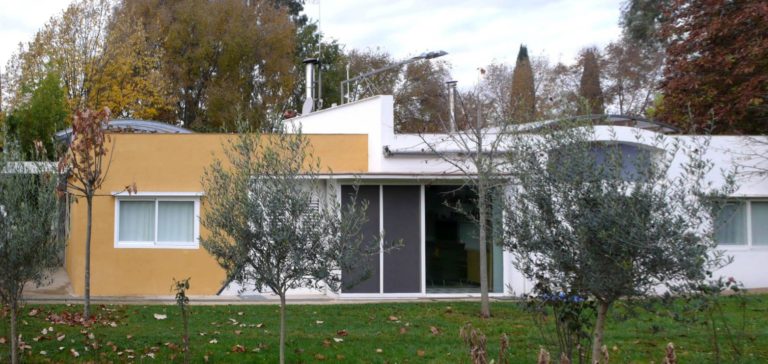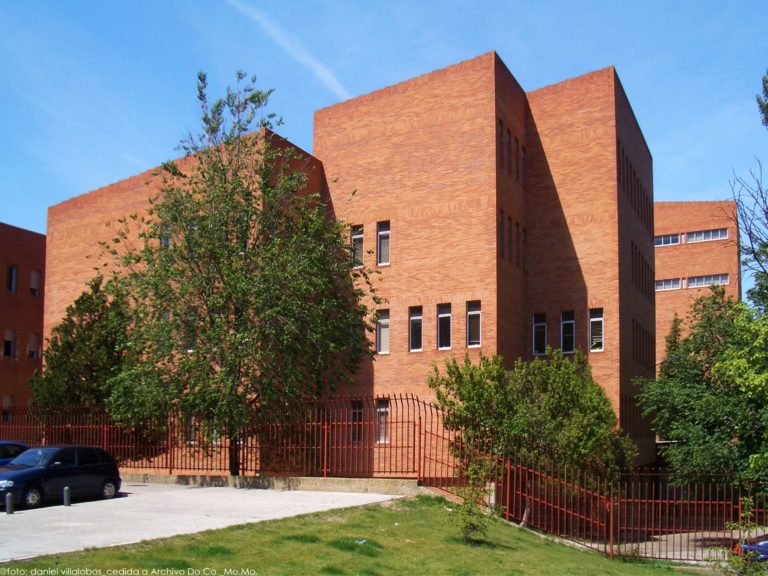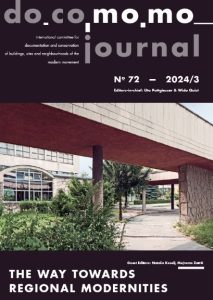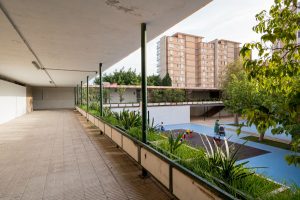Abstract
This thesis explores how technological conditions of mass-production and industrialisation reconfigured the practice of architecture and the architectural modes of thinking, transforming the methods of construction and affecting production processes. Through the critical analysis of industrialised methods of construction in Spanish architecture of the 1950s and 60s and situating them within a broader conceptual/historical framework, the investigation tackles the concepts of ¿component¿ and production systems from a material, structural, formal and spatial perspective. Thus, it moves from the status of the architectural object and its process of fabrication to its perception; from the production of ideas to the reception of the production. Throughout the chapters, Leoz¿s HELE module deals with how the industrial component transforms architectural modes of design, leading towards the systematization of space and a re-definition of geometry. The Horpresa system tackles how the production of the component encompassed a new materiality reflected in the catalogue, affecting production processes. Piñero¿s rods bundle reflects the construction of a notion of structure and form generation in the assembly of components. These structural and formal concepts trigger a topological reading of the urban form that is studied in Entrevías, together with its ecological and environmental implications, in the reception, experience or interaction with the inhabitants. ¿Projecting Technology¿ constructs and expands the meaning of technology beyond reductive and isolated approaches. Therefore, in the relation between architecture and technology, it is not addressed as a methodology but as a form of knowledge, a form of design that informs the production of form, bringing it closer to its Greek origin techne, as the agency in the production of art.
Thesis not available online











